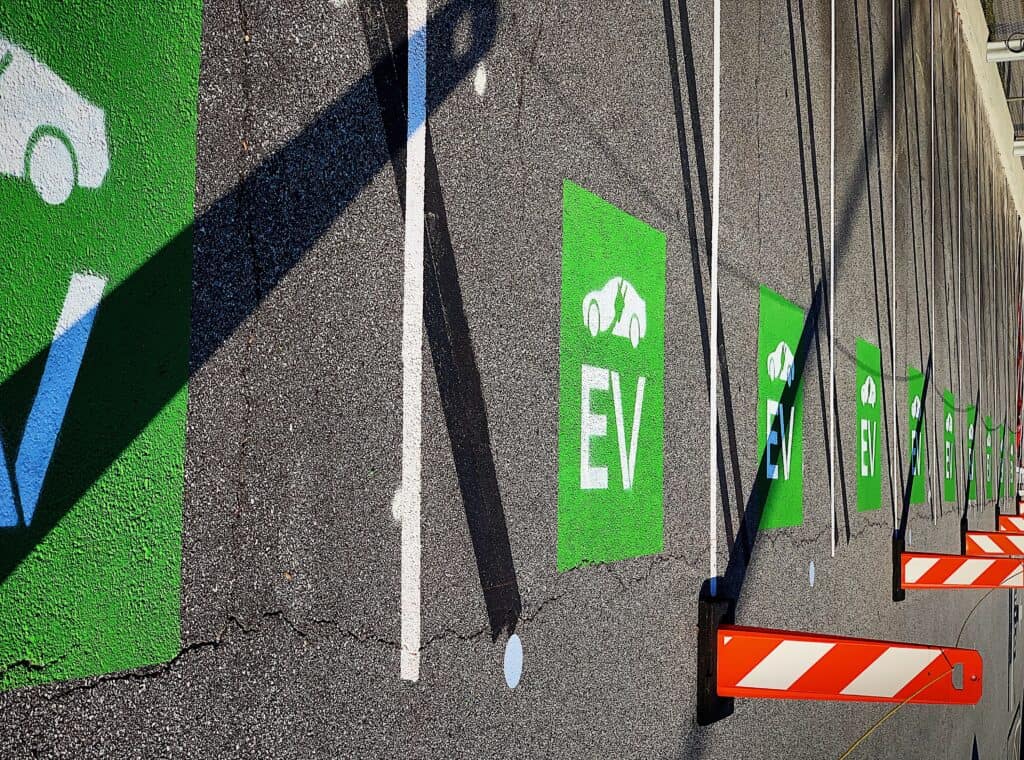
Where are all the public charging points?
Public charging points are outnumbered by home units at a rate of three to one, so where are they all?
The latest Department for Transport (DfT) Transport and Technology Public Attitudes Tracker report highlighted key barriers to electric vehicle (EV) ownership.
The report found that 80% of all EV charging sessions happen at residential addresses, highlighting usage trends and the issue of accessibility. But will this always be the case?
Changing attitudes
Experts believe that it’s the public charging network that’ll play the most pivotal role in the transition to EVs, for two reasons:
- Currently, 40% of households in the UK don’t have off-street parking
- Availability and reliability of public charge points is essential to build consumer confidence in EVs
Drivers might only need to charge their EVs once or twice a week, but convenience is still key. If people have to go out of their way to charge a vehicle, it’s going to impact their decision to purchase in the first place.
What’s being done?
The government has announced £1.3 billion of new funding to accelerate growth in the country’s electric vehicle infrastructure.
The plan has been split into three key components:
- £90 million to fund local EV charging infrastructure improvements for on-street charging schemes
- £275 million to extend charge point installation support for residential charging facilities
- £950 million to support the rollout of rapid EV charging hubs at every service station on England’s motorways and A-roads
The DfT report states that the number of public charging points has increased by 18%, with 3,530 of those being rapid charge points.
Plan for the future
The DfT Electric Vehicle Charging Device Statistic report indicated that there’s an uneven geographical distribution of public charging points, with figures skewed towards inner-city locations.
The locations have been split into three distinct categories: on-street, transit and destination.
Destination charge points are located at places where people go for a reason other than charging their EV – think cinemas, restaurants, supermarkets, shopping centres and other leisure locations.
In contrast, transit destinations are where the main reason for the visit is to charge their EV, much in the way that you might head to a petrol station to fill up a petrol or diesel vehicle.
As the name suggests, on-street charge points are found on roads or near residential properties to provide access for the 40% of UK homes that don’t currently have access to off-street parking.
These are key concerns for fleet owners because the maximum range might not cover the distance that you need to travel in a day.
If that’s the case, then the availability of public charging points becomes a significant factor in whether you’ll make the move to EVs now or not.
Key challenges
There are several barriers to EV uptake in the UK, but the government has identified the main one – the accessibility and availability of charge points.
By increasing investment in infrastructure, the government is aiming to take significant strides towards the transition to EVs before the ban on the sale of pure internal combustion engine cars comes into force in 2030.
What are your plans for your fleet’s switch to electric vehicles? If you need a hand with your business’s switch to compliant EVs, drop us a message at [email protected]

